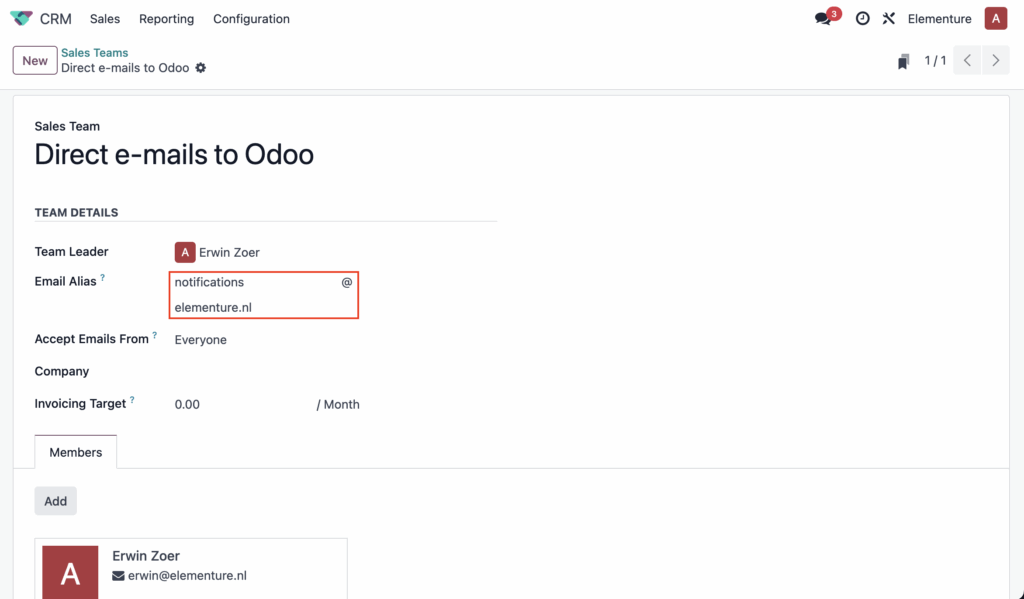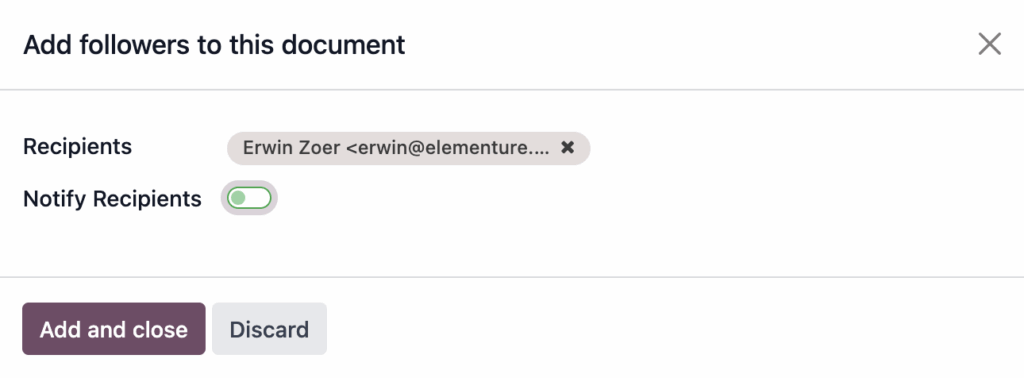Effective and seamless email communication is a cornerstone for businesses utilizing Odoo, especially when configured as a mail relay. Odoo is designed to centralize all email communications, linking them to relevant records like invoices, orders, and similar documents. This system allows followers of these records to stay informed about the communication flows. However, challenges arise when recipients use the email’s ‘from’ address to reply, especially since these replies need specific information in the e-mail header to correctly route back into Odoo. Email replies sent directly to Odoo without the correct headers are ignored by default, leading to potential communication breakdowns.
Understanding the Email Relay System in Odoo
Odoo’s email relay system is structured to streamline communications:
- Outgoing Communication: Odoo sends emails to customers or suppliers, with a reply-to address guiding responses back into the system.
- Incoming Communication: Replies sent to Odoo’s catchall address are intended to be linked back to the corresponding record, ensuring followers are notified via their chosen communication channels.
To support this relay function, a proper configuration is mandatory, involving:
- A catchall email, typically where replies from contacts are received.
- A bounce address for processing non-delivery reports.
- A notifications alias used as the default ‘from’ e-mail address for outgoing emails.
Overcoming Relay Challenges Without Custom Modules in Odoo Online
One notable solution to address the challenge of emails not being routed correctly due to reply-to issues is through the use of OCA’s Fetchmail Notify Error to Sender module. However, this approach does not work for Odoo Online users due to the restriction on custom modules. Instead, Odoo Online users can leverage built-in CRM features to mitigate this challenge.
Configuring a Sales Team in Odoo CRM to Handle E-mail Issues
To keep tabs on misrouted emails effectively and ensure timely follow-ups, you can create a sales team in the CRM module with an alias for the default ‘from’ address. Here’s how to configure it:

Step 1: Create a Sales Team
- Navigate to CRM: Go to the CRM application within Odoo.
- Create a Sales Team: Click on ‘Sales Teams’ in the configuration settings and select ‘Create’.
- Provide Details: Enter a name for your sales team. Ensure it’s descriptive and relevant to the emails you are addressing.
Step 2: Assign an Alias
- Locate the Alias Field: While in the sales team’s creation or editing page, find the ‘Email Alias’ field.
- Set Up the Alias: Enter the default ‘from’ email address as the alias. This will allow the system to generate leads for any emails sent to this address, capturing otherwise ignored responses.

Step 3: Configure Team Notifications
- Automatic Lead Notification: Ensure that members of the sales team are set up as followers of the sales team. This will automate lead creation notifications.
- Configure Followers: Make sure all relevant members are added as followers to the sales team. This ensures they receive alerts for every new lead generated by the alias.
- Validate Count of Followers: After adding followers to the sales team, the follower count should be non-zero as shown in the image below.

Step 4: Monitor and Respond
- Leads and Activities: Monitor the leads generated for misrouted emails via the CRM’s dashboard.
- Responsive Engagement: Respond and re-route these communications as needed, ensuring continuity and proper record attachment.
Observations
When the default from alias is the same as the mailbox name, Odoo handles e-mails to other aliases differently in this setup. E-mails received on other aliases defined in Odoo now generate both an record in the model linked to the alias and a CRM lead for the default from alias. This is undesirable as it creates false positives. To resolve it, create a mailbox where the default from e-mail address is an alias on the mailbox instead of the mailbox name.
Conclusion
Configuring a sales team with an appropriate email alias in Odoo CRM offers an effective workaround for handling email routing errors, particularly in environments where custom modules aren’t deployable, such as Odoo Online. This setup not only resolves the immediate challenge but enhances overall email communication reliability, ensuring that no message is left unaddressed and maintaining a robust communication record for all users. By implementing these steps, businesses can optimize their use of Odoo’s email features without relying on external modifications.
